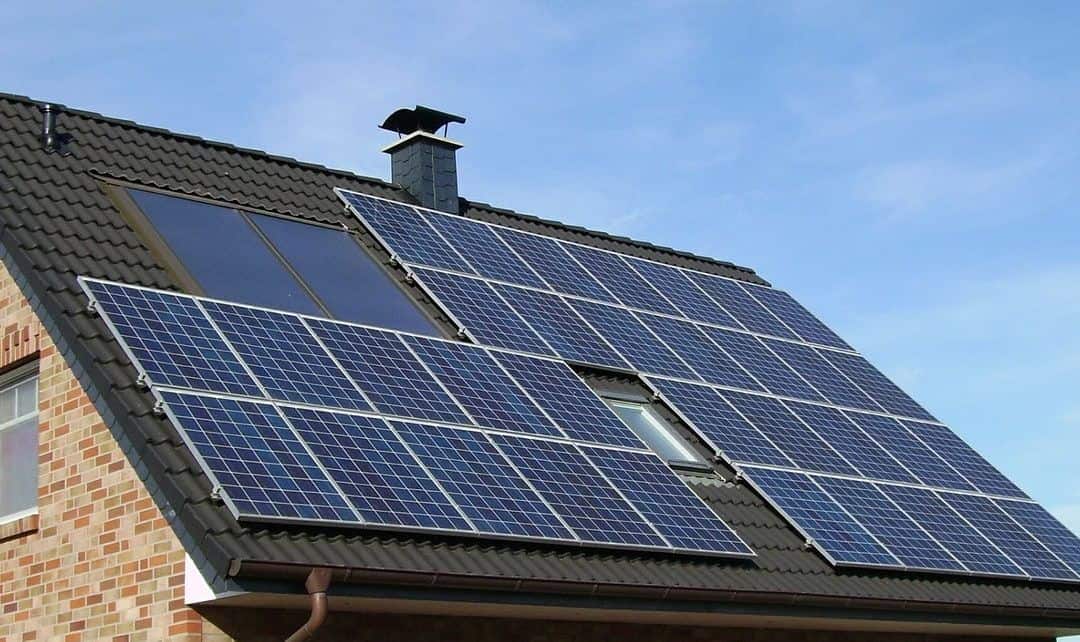The idea behind a green or eco-friendly home is simple – it is one that uses fewer resources in its heating, cooling, power consumption, water and garbage systems than other homes in its area or year of construction. Selling an eco-friendly or “green” house should be easier than selling a traditional one. The devil is in the details, however. The concept of eco-friendly housing is new and startlingly vague, which leaves both the interpretation and preconceptions up to the eye of the beholder.
Welcome to the world of composting toilets, pellet burning woodstoves and solar hot water heaters. These are some of the items that have contributed toward giving earth-friendly homes a bad name. Earlier versions of solar hot water heaters, composting toilets and pellet burning wood stoves came with extra inconveniences and sometimes an extra mess.
A composting toilet is exactly what it sounds like – the waste goes down into the bottom part, where it turns into fertilizer. Not the most endearing mental picture when trying to sell your customers on a house with a large master bath. On the other hand, there are also combustible compost toilets – those that burn the compost underneath them in a way that means you do not have to deal with it yourself. That could be appealing to a certain type of home buyer who may enjoy the notion of incinerating the “evidence”.
Low flow toilets get a bad rap too. If poorly constructed and installed they clog easily. If set too low, users must flush twice for each use.
Solar hot water heaters used to rely on a number of parts and systems in order to provide “just warm” offerings to the bath or shower – pumps, heat exchangers, transfer fluids and a long list.
A wood pellet stove sounds messy, archaic and inefficient if you do not have an understanding of how they work. Yet they make a good heating source for smaller spaces that you may use less frequently. Once started, they burn for a very long time (up to 16 hours on a single loading of the hopper) using wood that has been debarked, ground, dried and then compressed. Pellets made of other materials are also available. In some situations, they are an excellent alternative, while in others they are seen as a waste of money and resources. For instance, you can heat a small house with one or you can keep a garage and basement area above freezing during the hours you use it.
A good green home is an asset to any community and ends up being a money and time saver for its buyer. When calibrated correctly, the energy efficient parts of the home work together to create a more adjustable temperature as well as saving on heat, power, water and sewage charges. The modern standard for green appliances and building materials is more stringent than in years past.
Some existing building owners and caretakers are switching to greener options. Jaime Tiampo of Itiziar Management in Victoria says that the payback to making green changes can be a long term process in warmer climates such as Vancouver and Victoria. But in his industry (rental housing) proactive steps are being made.
“We’ve replaced all shower heads with ultra low-flow units and added flow restriction/aerator units on kitchen faucets. For commercial units, we’re replacing our ageing HVAC air handling units with split zone units,” he says. “For one facility that’s north-south orientated, we’re going to an integrated heat pump system that moves heat around the building more than just in and out, since the south end heats considerably and the north end remains cool.”
The company has also “gone to hot water on demand systems instead of hot water tanks. That way you’re not holding onto hot water when you don’t need it,” Tiampo says.
He says buyers of commercial properties expect more green friendly operations and can benefit from an array of new options.
“Both the suite amenities and the building systems are important,” he says. “Your suites create your revenue while the building is the expense. Green services such as urban vegetable gardens, bike parking facilities and EV charge stations all help to create revenue. Using smart thermostats, water cisterns for the lawn and things like that can help mitigate building expenses.”
As a real estate professional, if you understand common misconceptions about green homes, you will be in a much better position to sell your customers. While it is currently a bit of a niche market, with global awareness of energy efficiency and environmental impact on the rise, you will begin to see more eco-friendly homes every year. Although at first a challenge, they can become a property you are proud to list in your stable of offerings to potential buyers.
Yvonne Dick is a contributing writer for REM with two decades of experience in journalism.

















